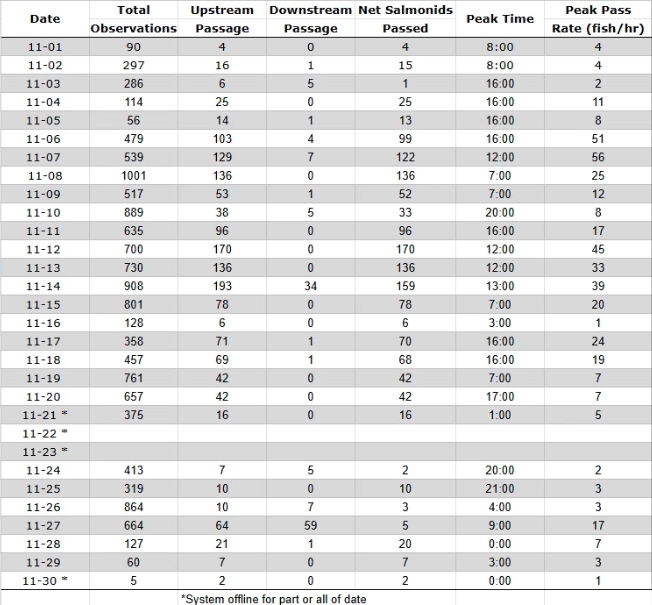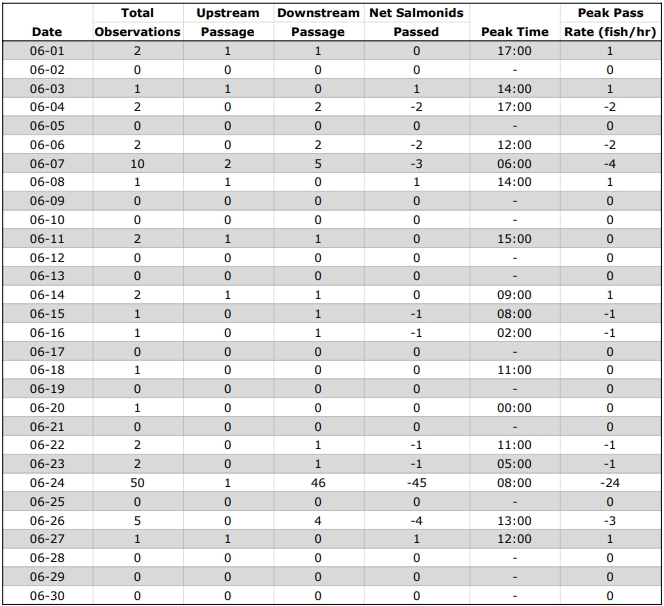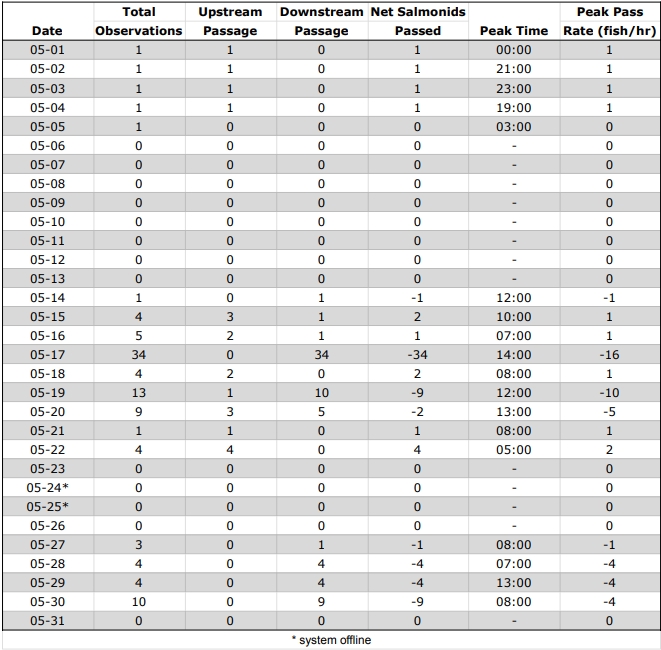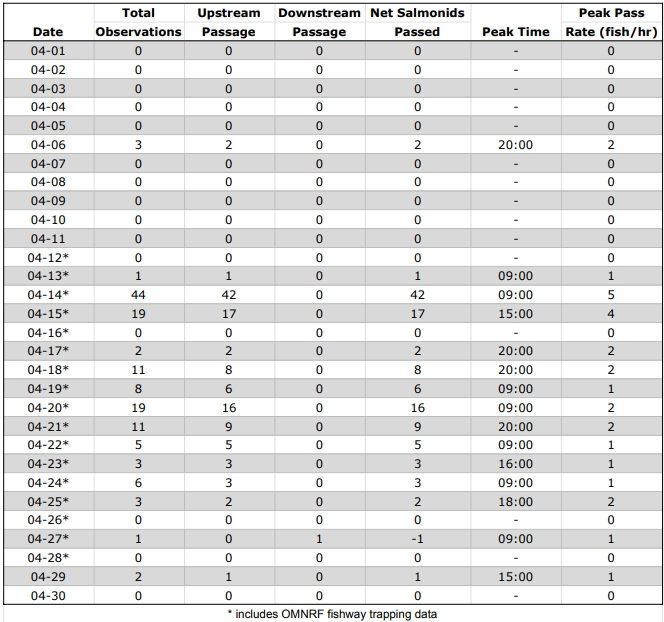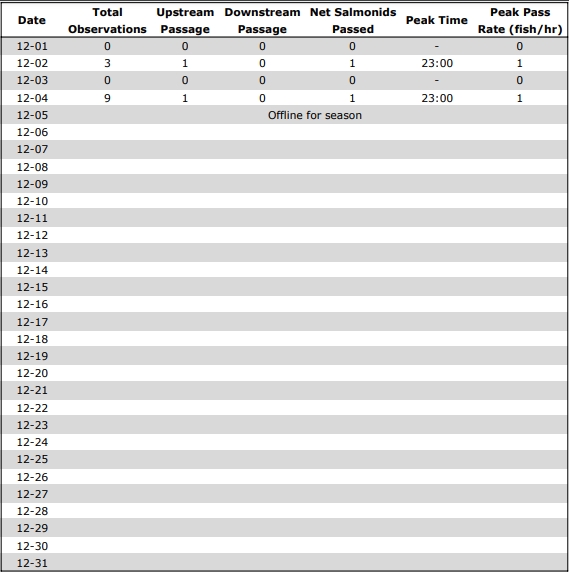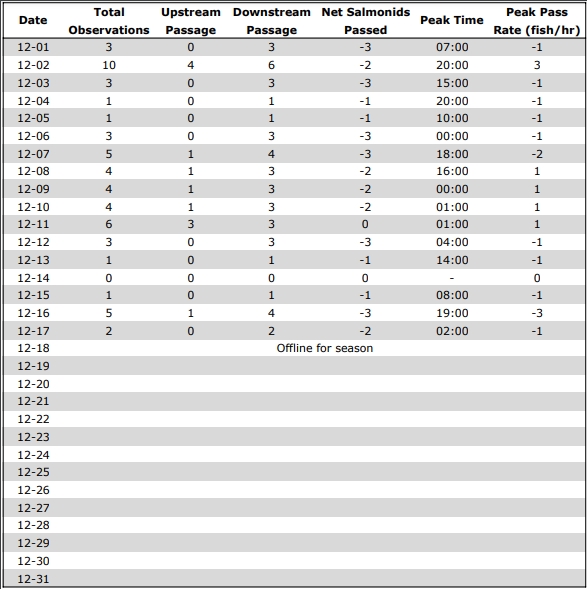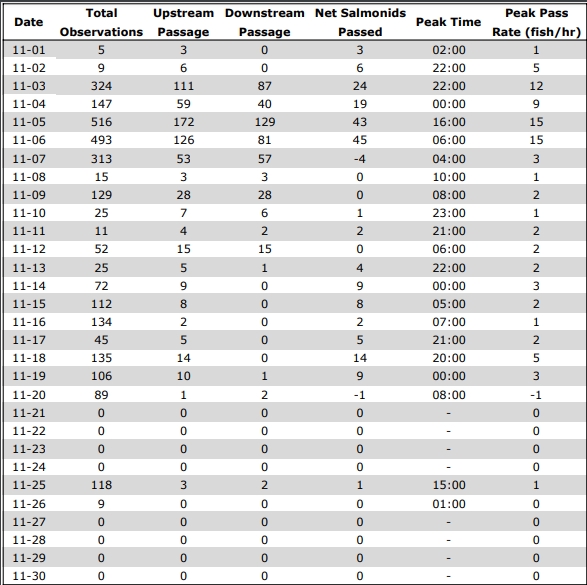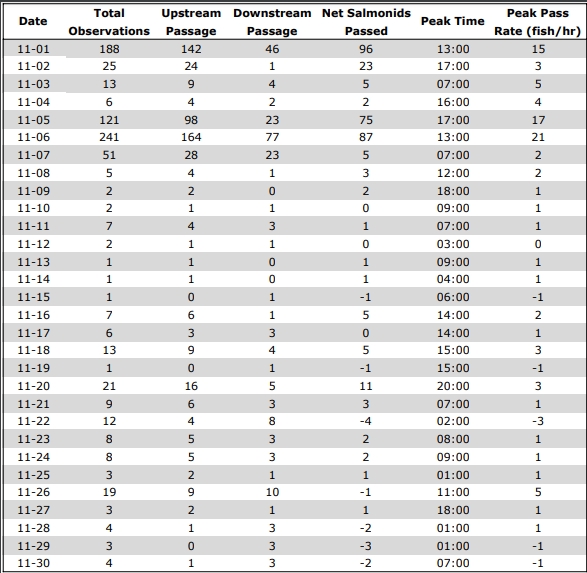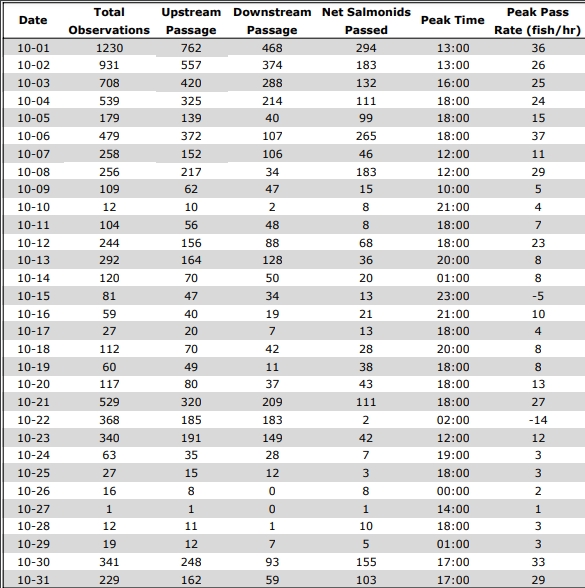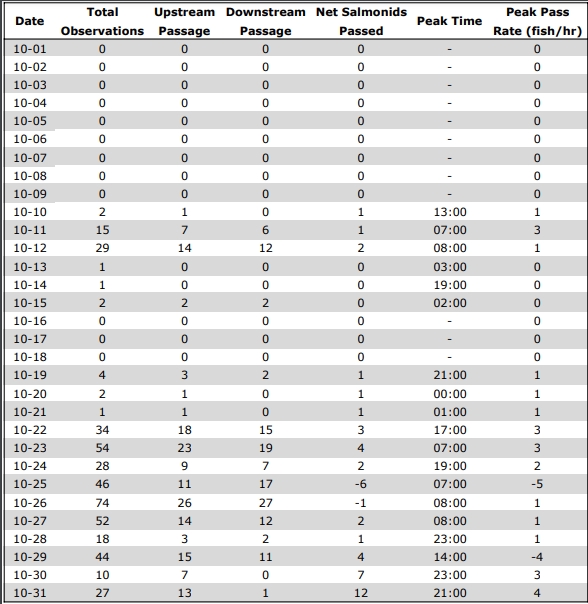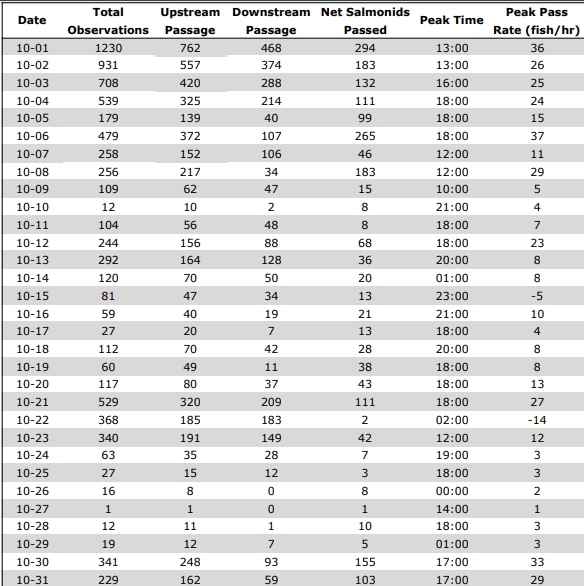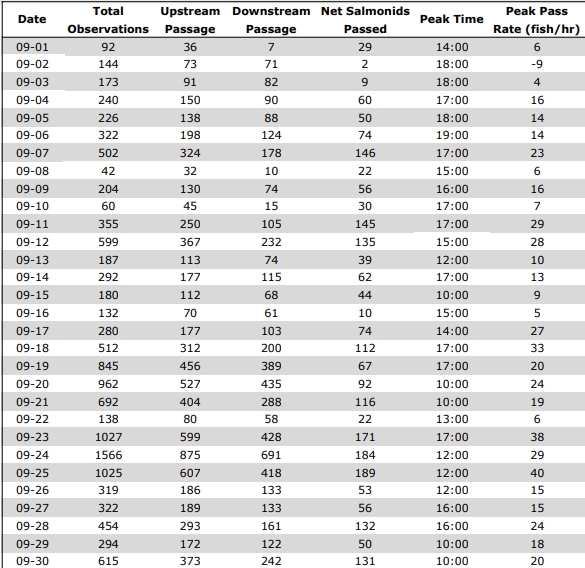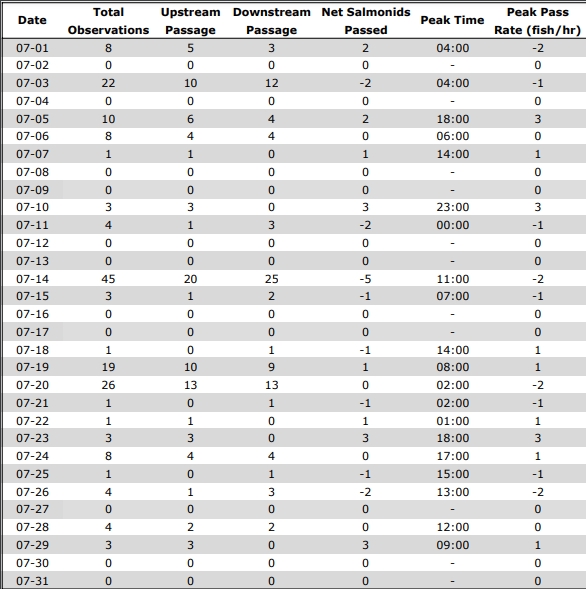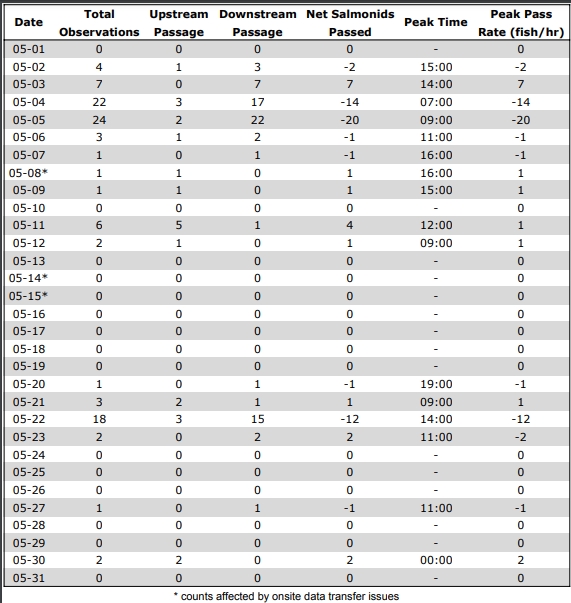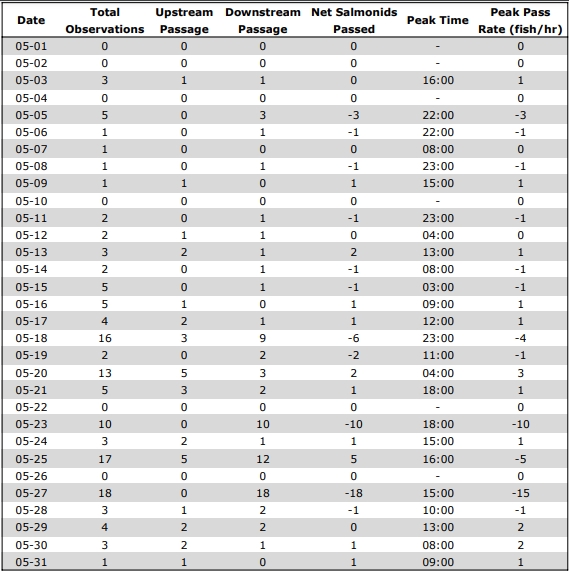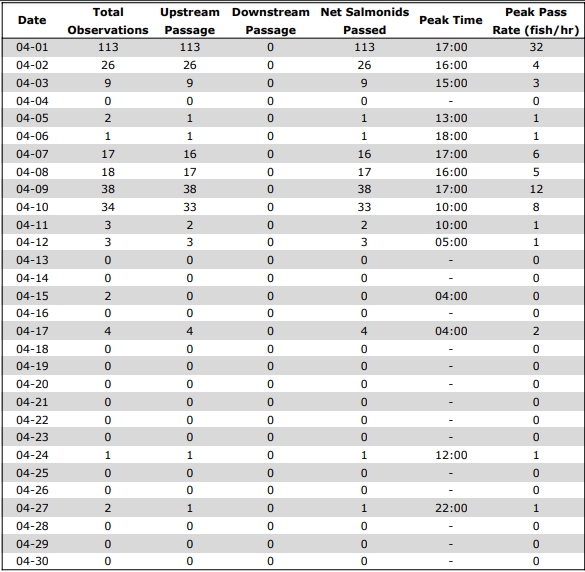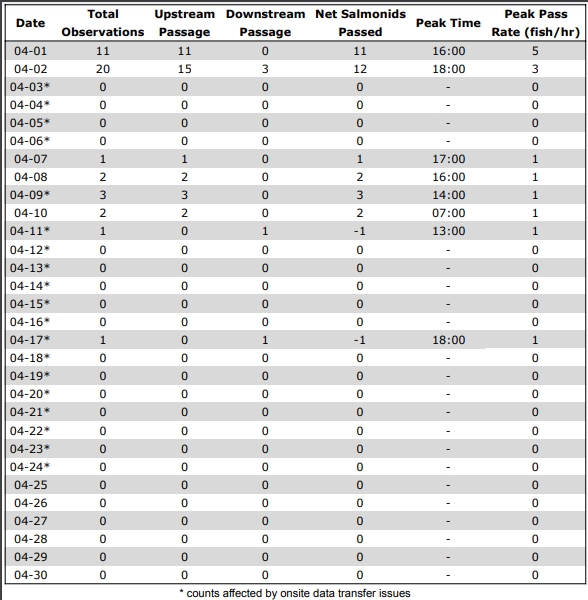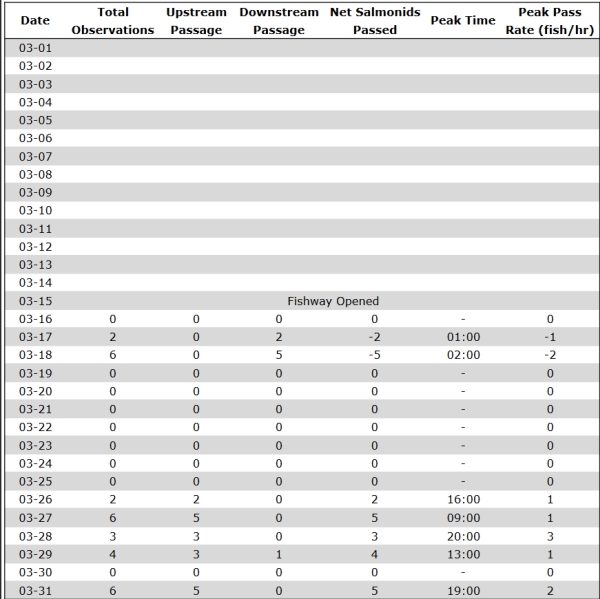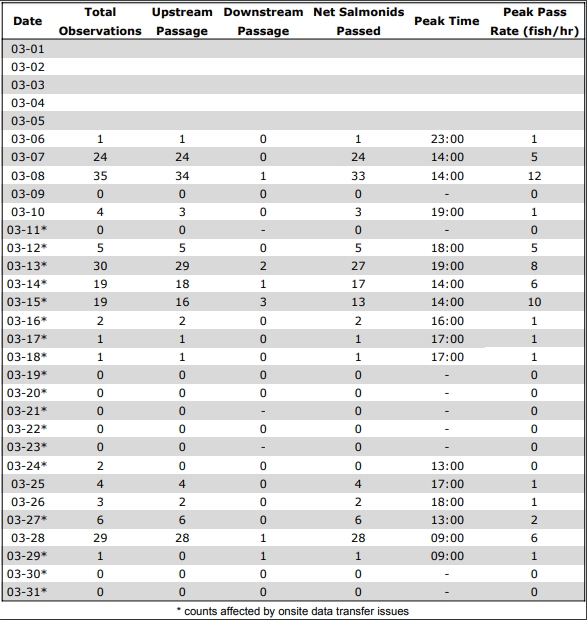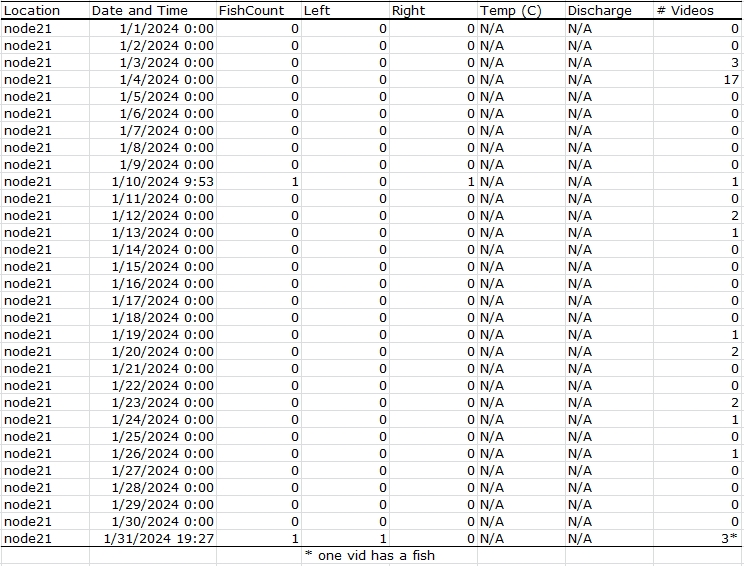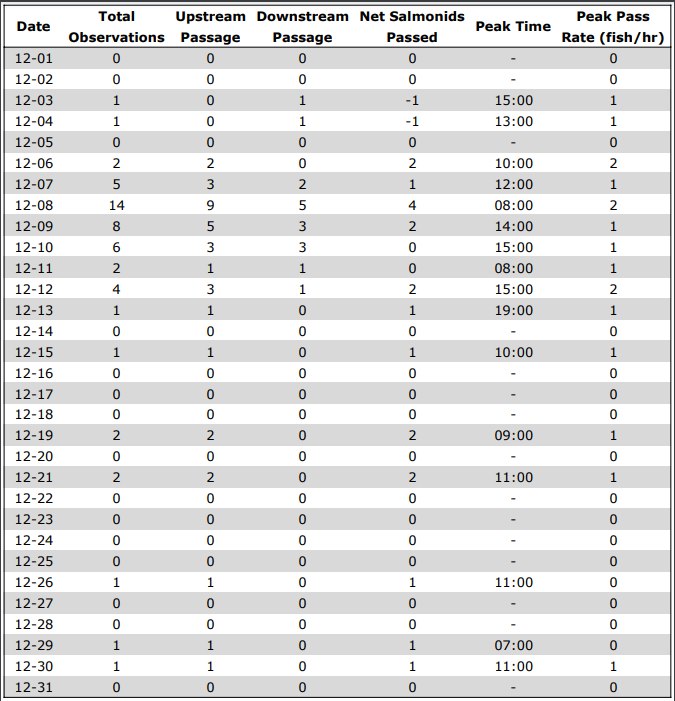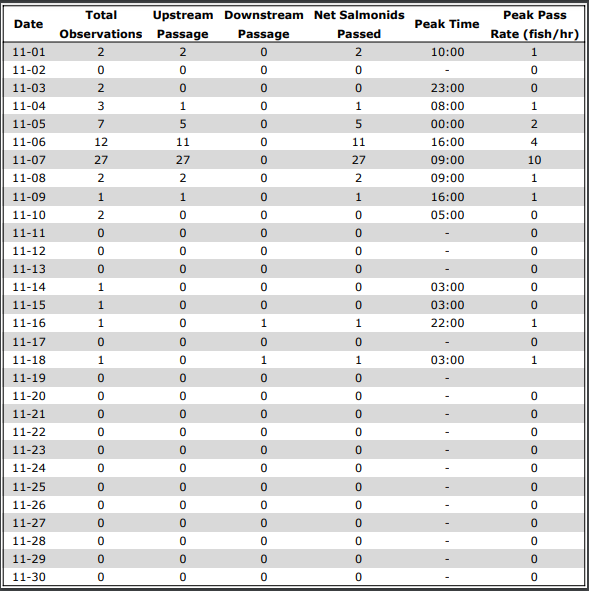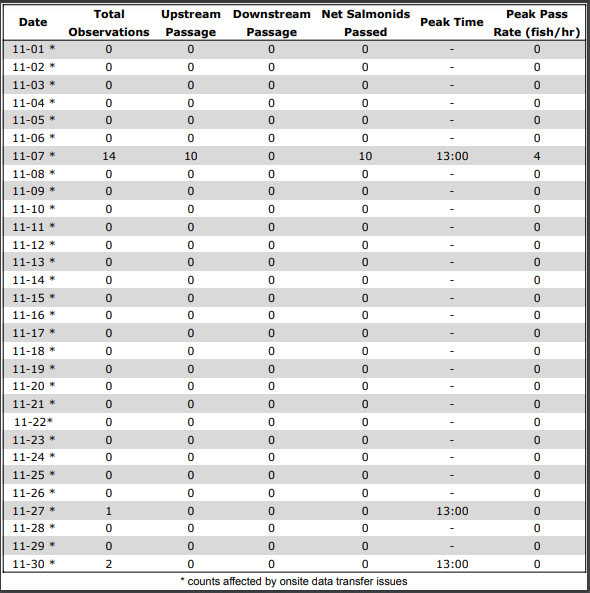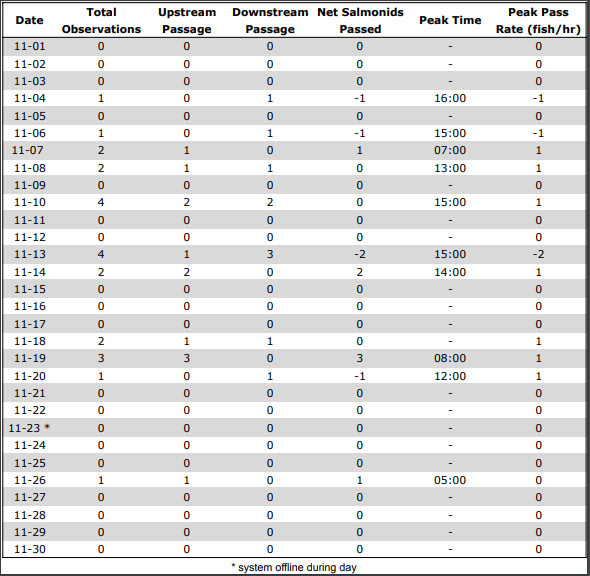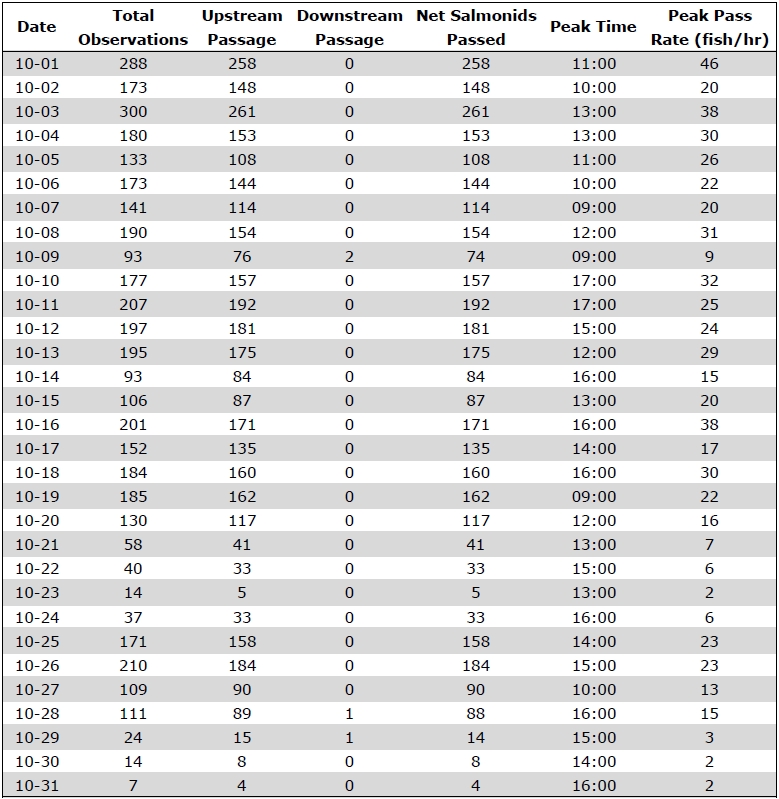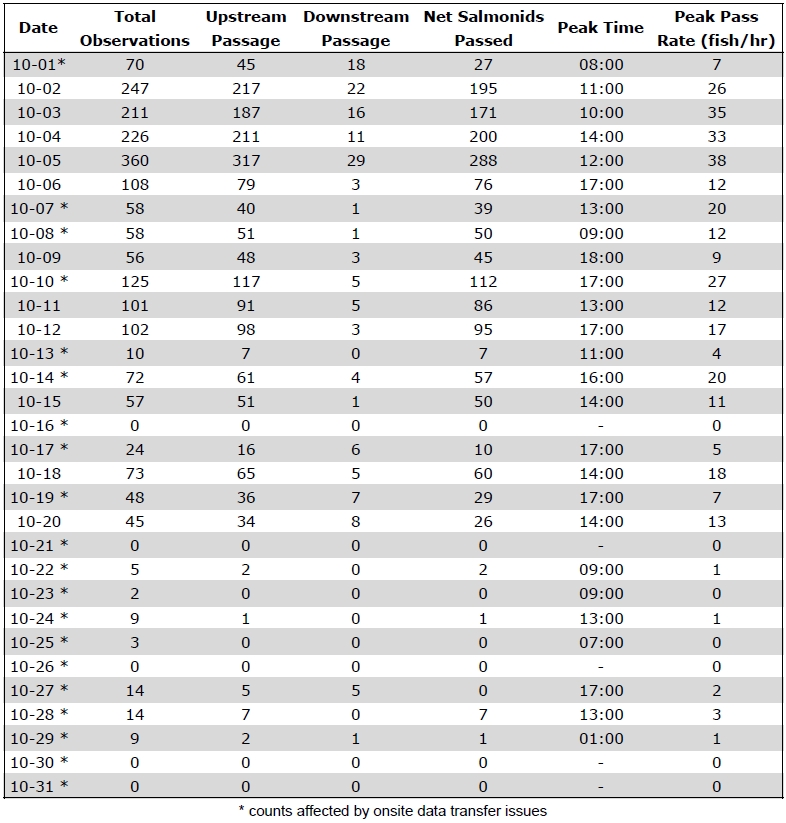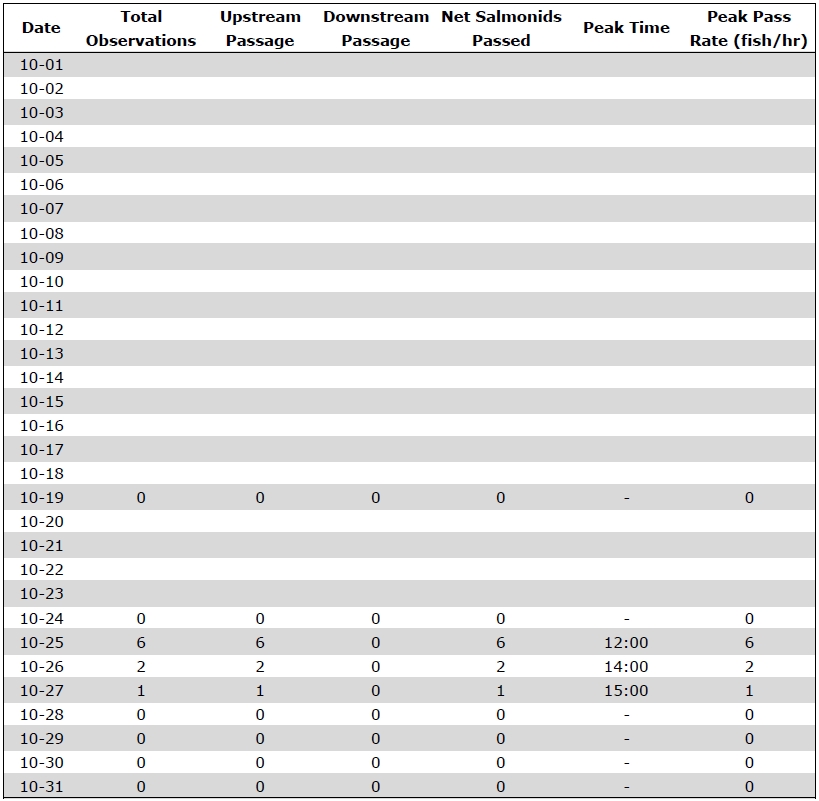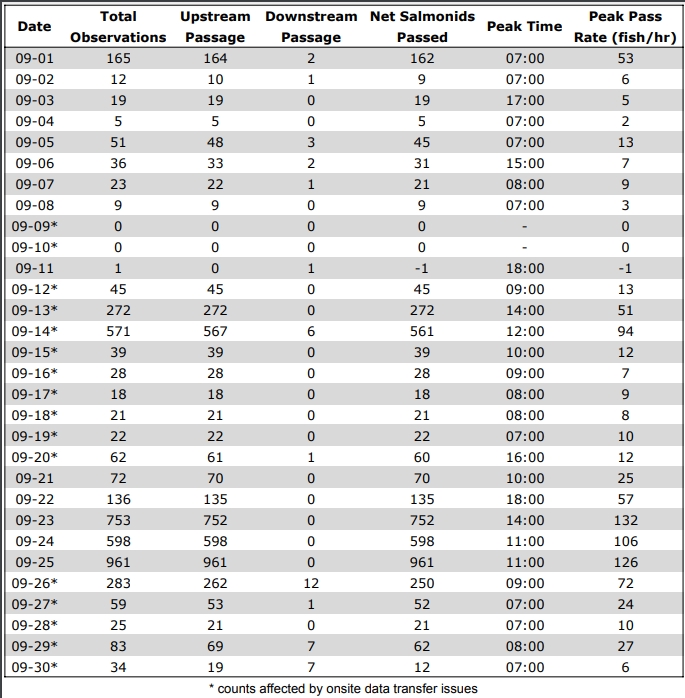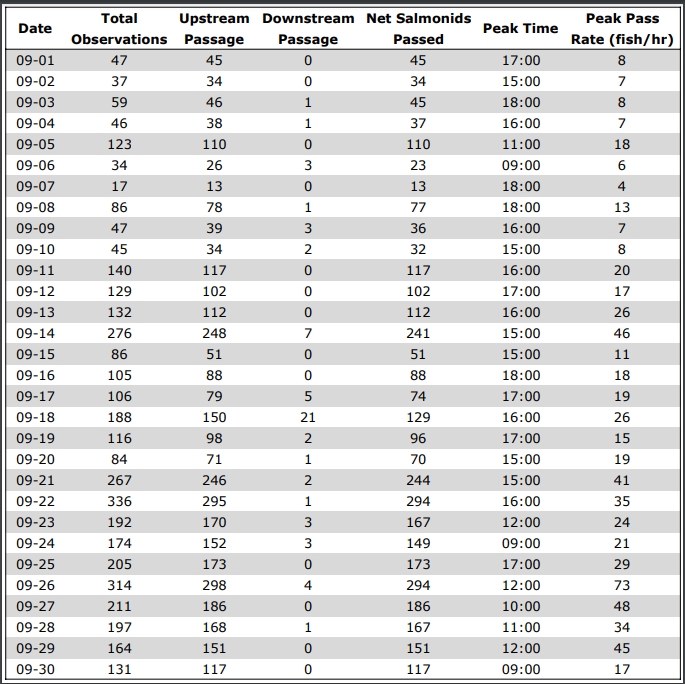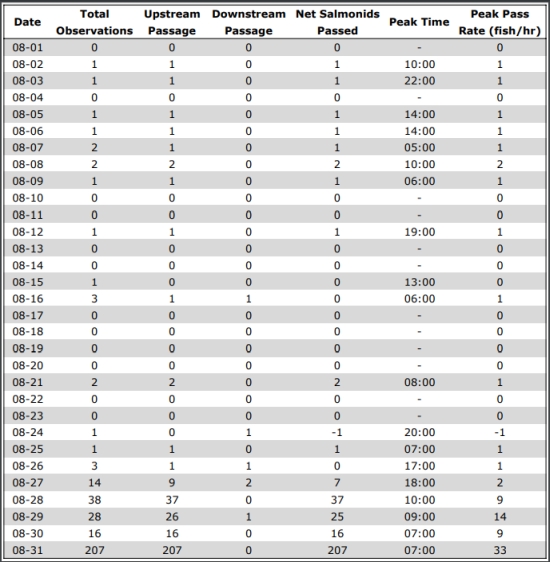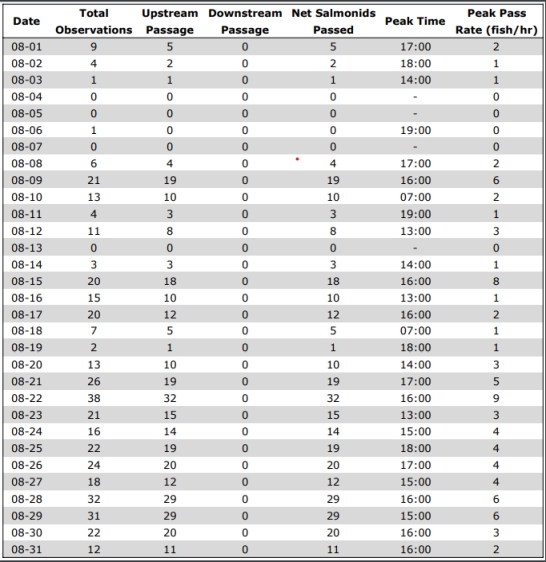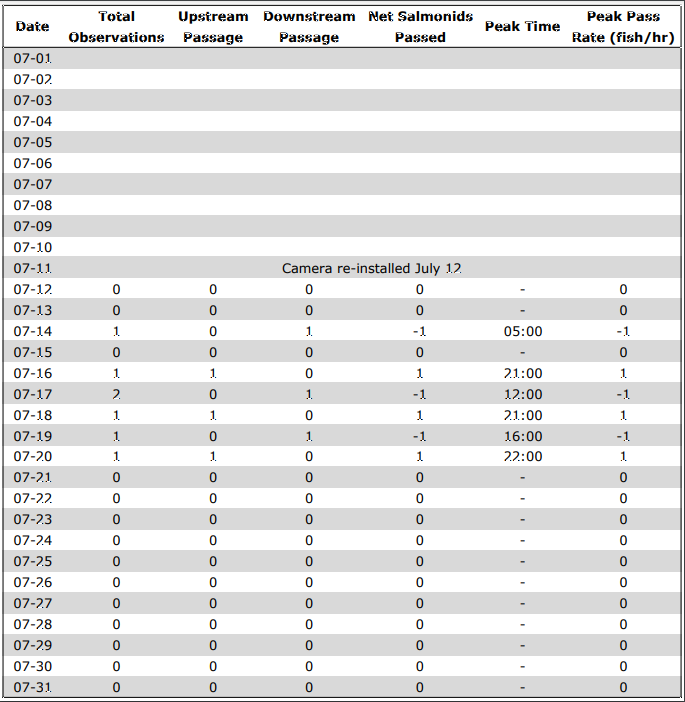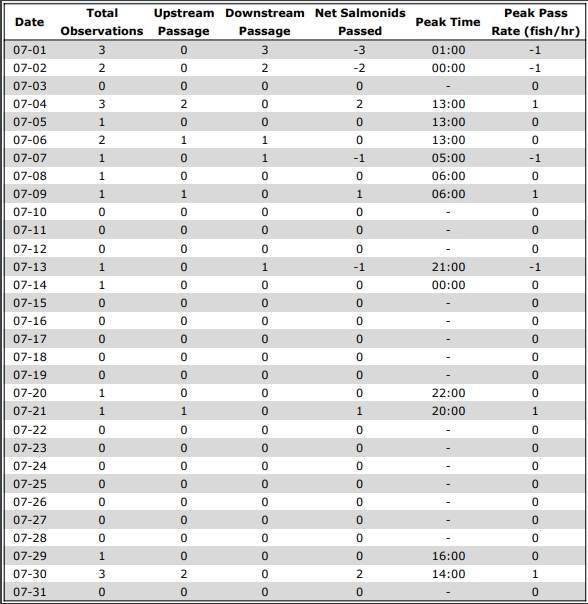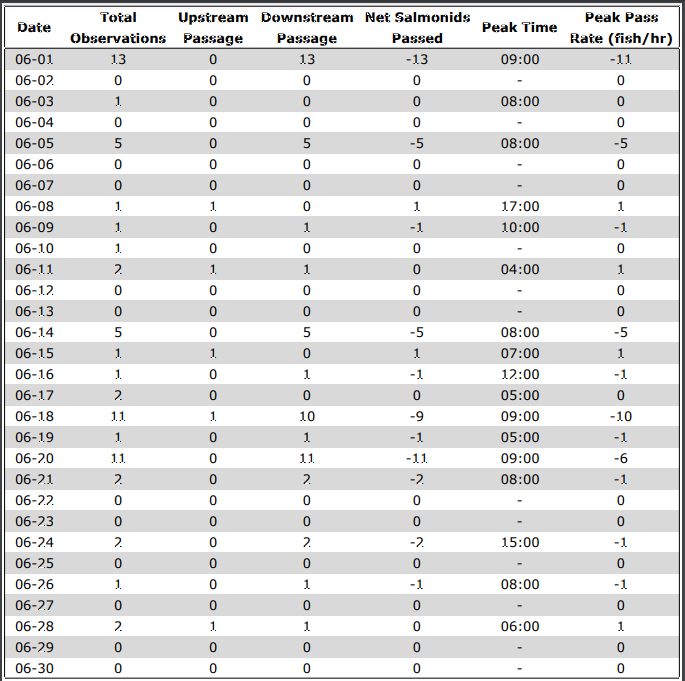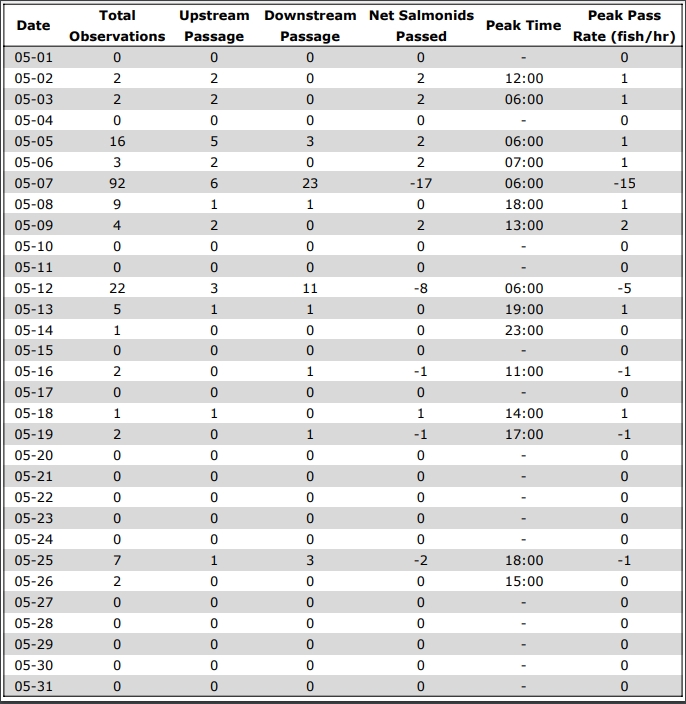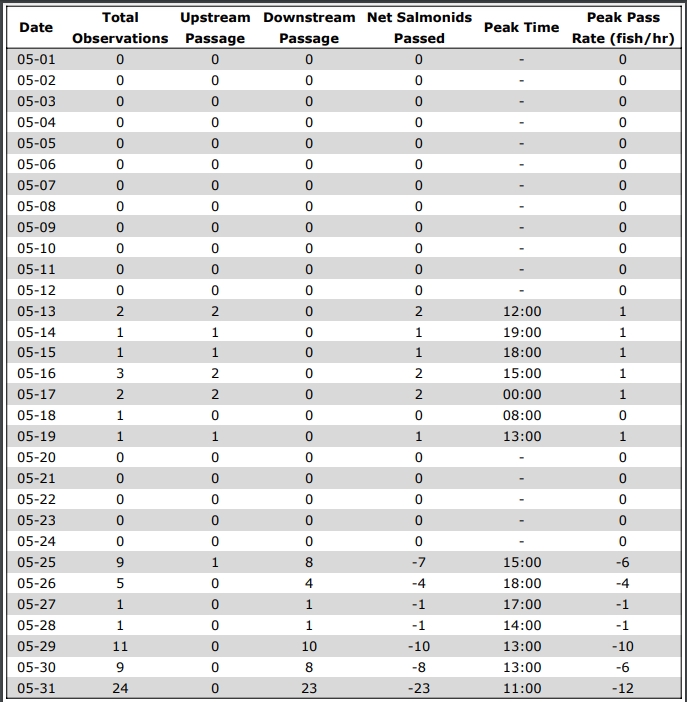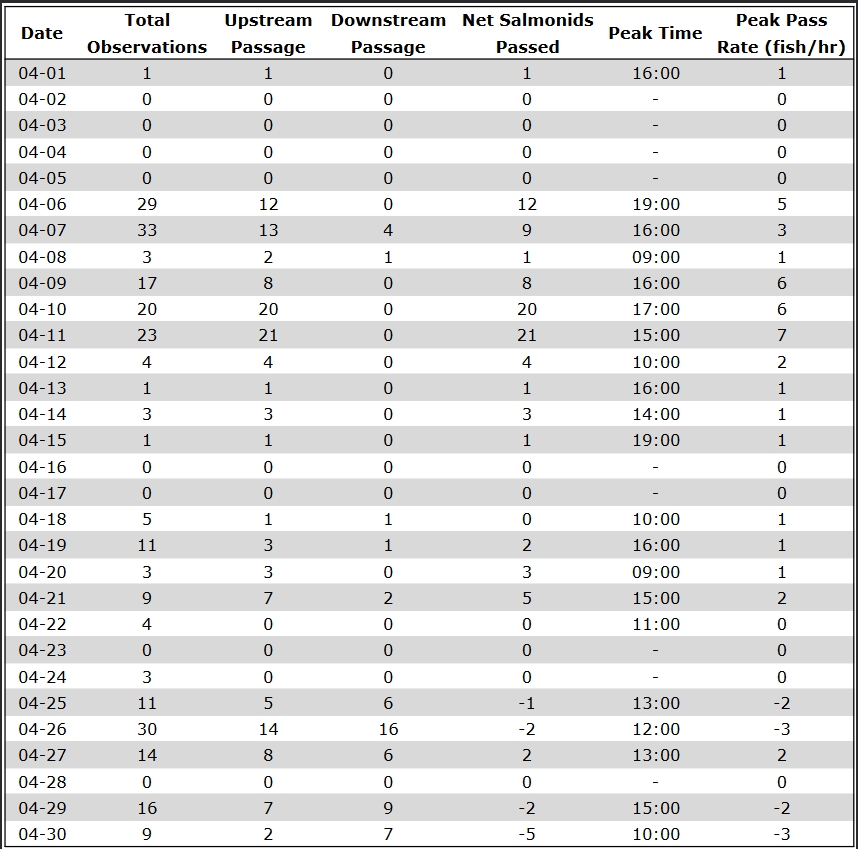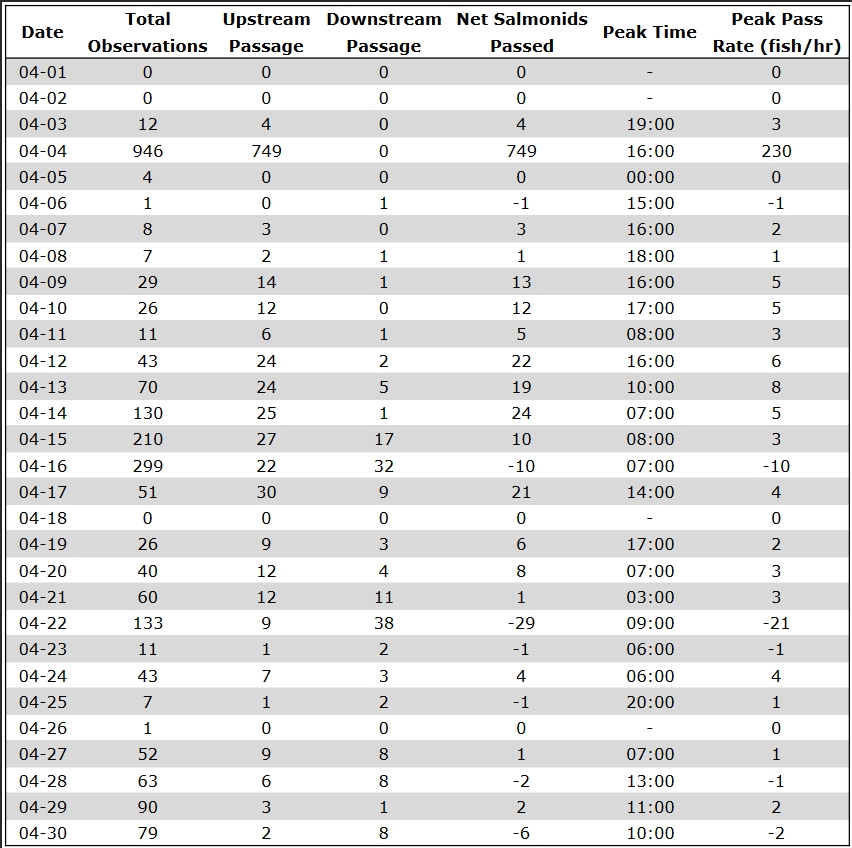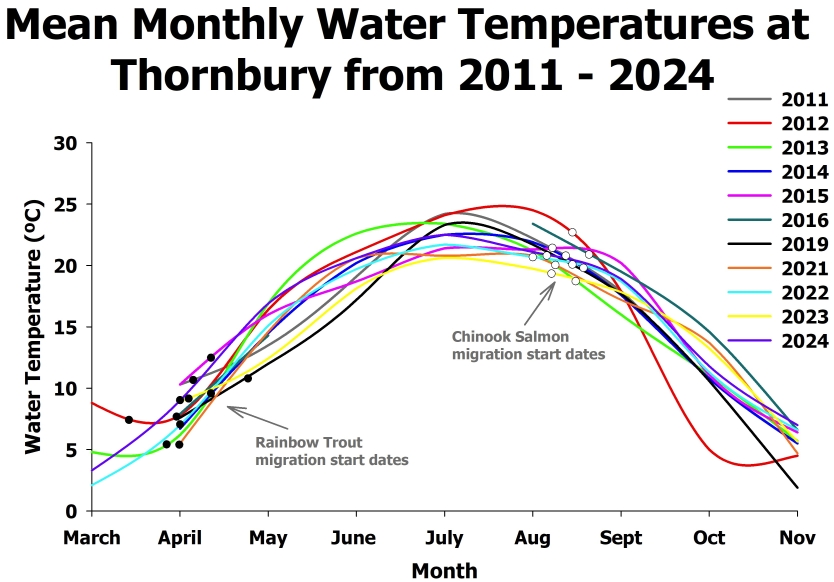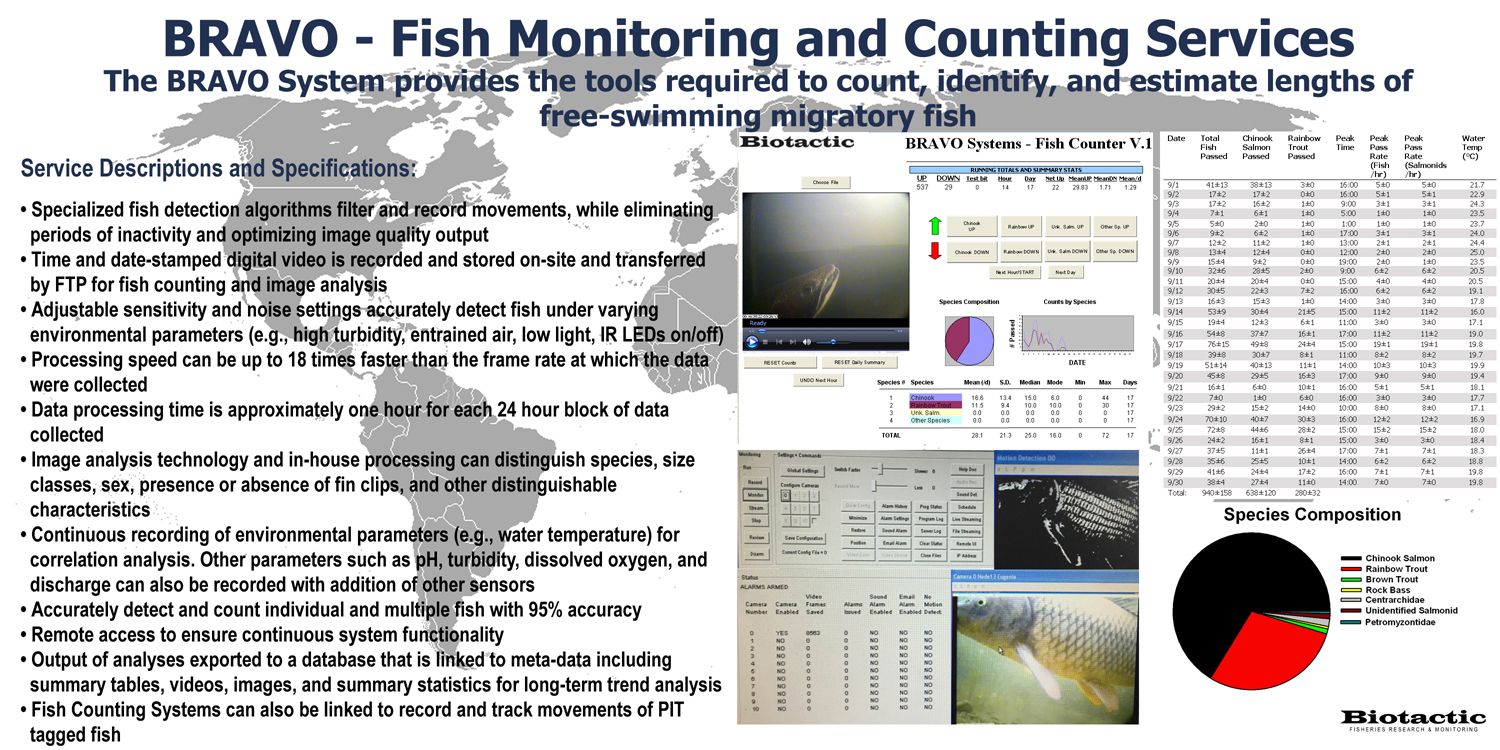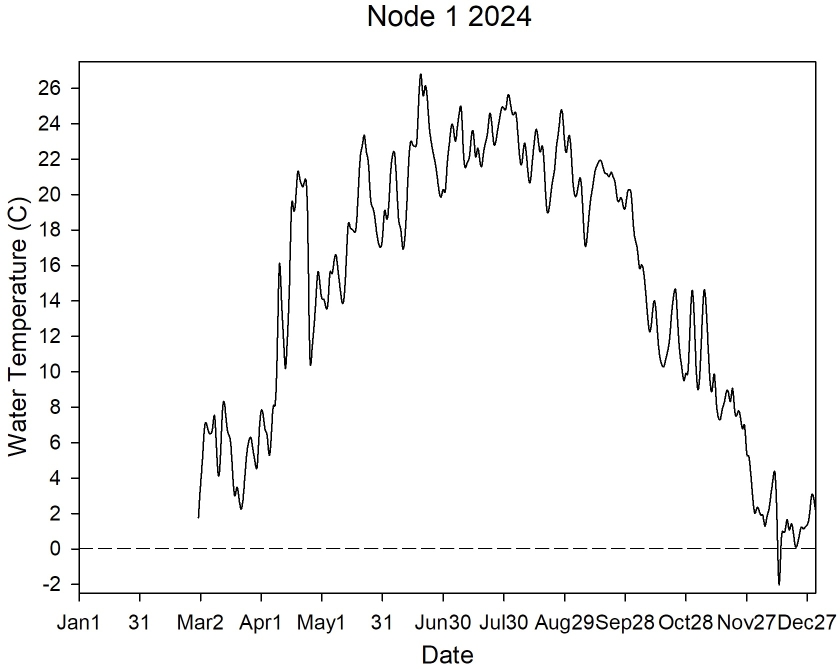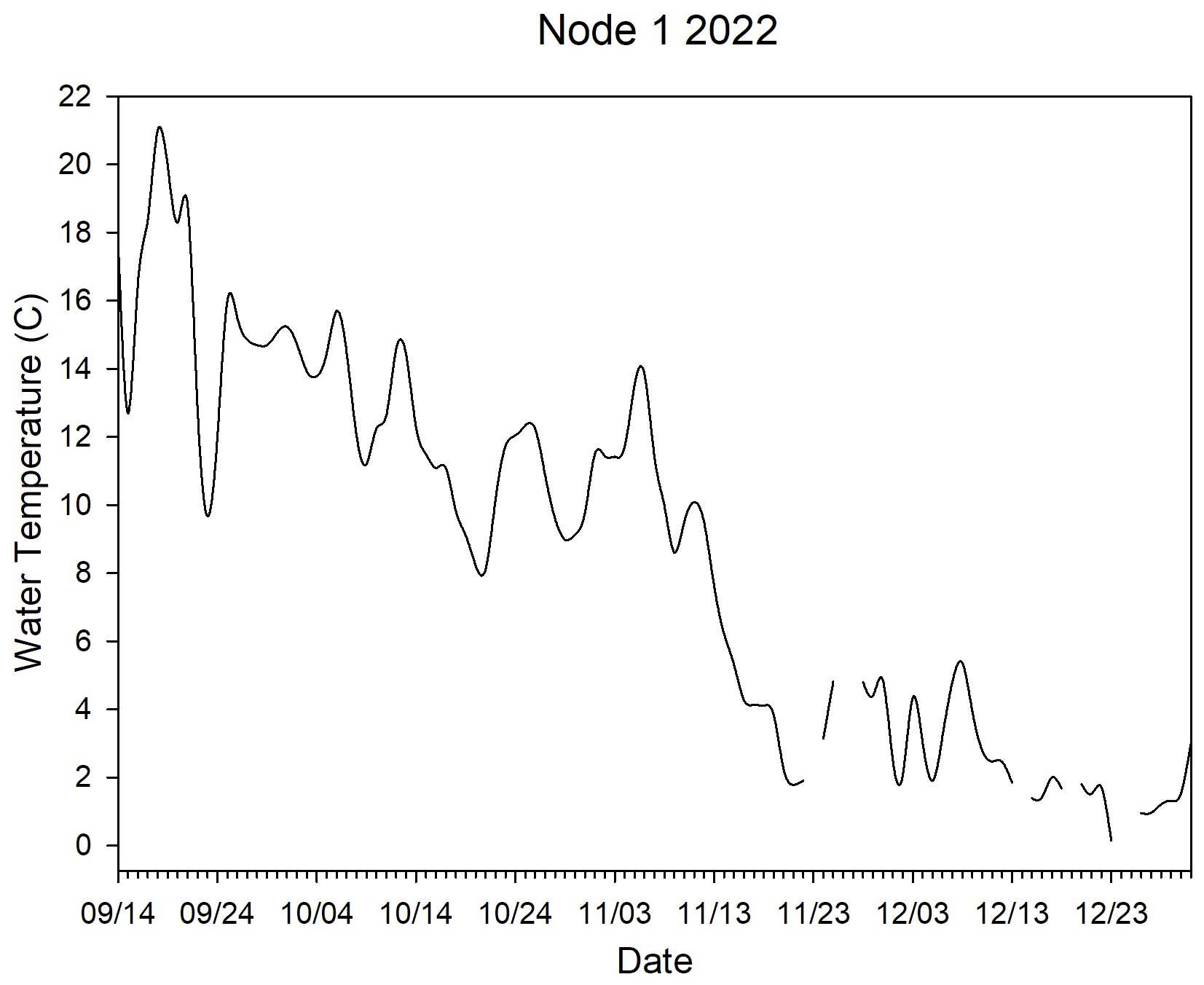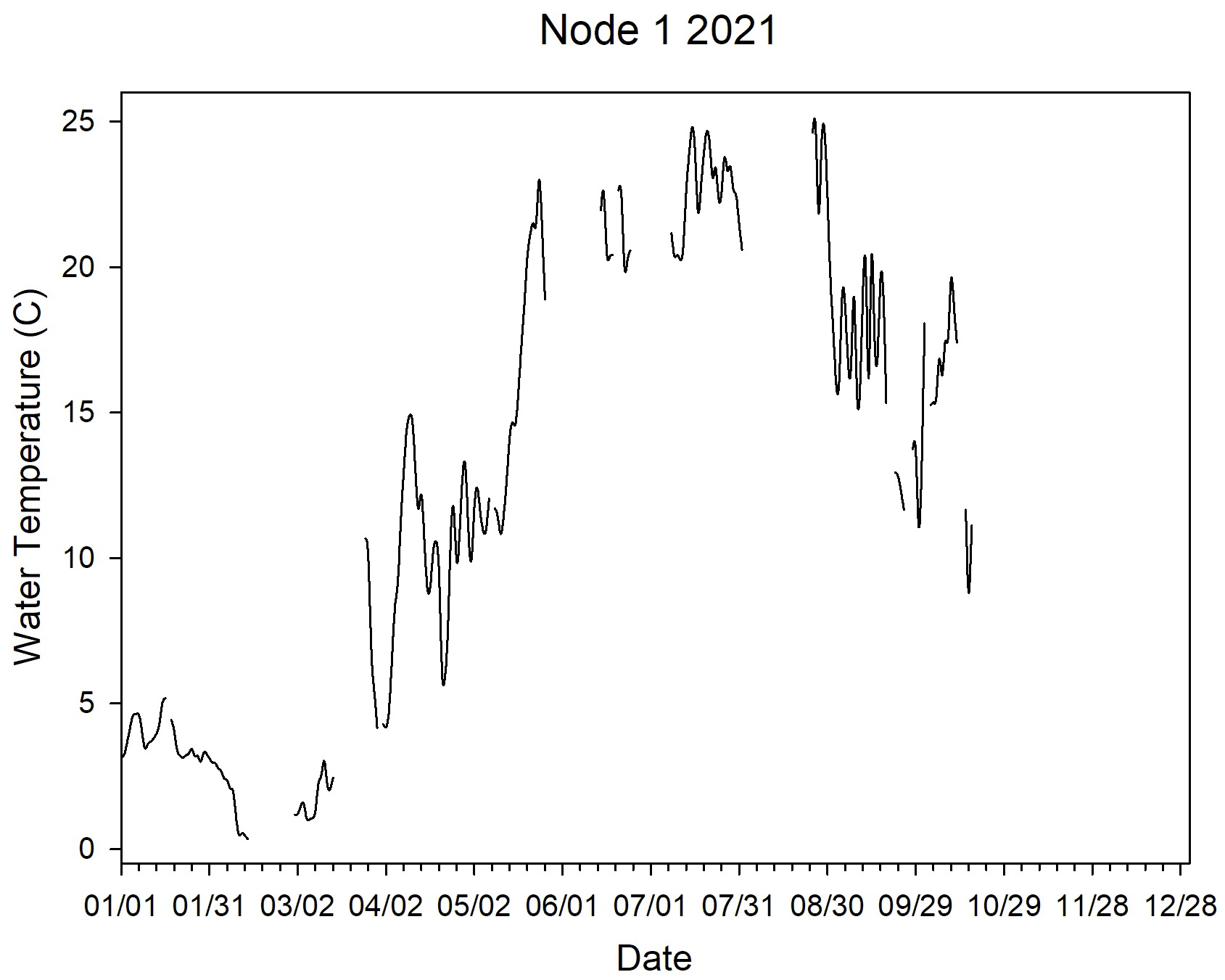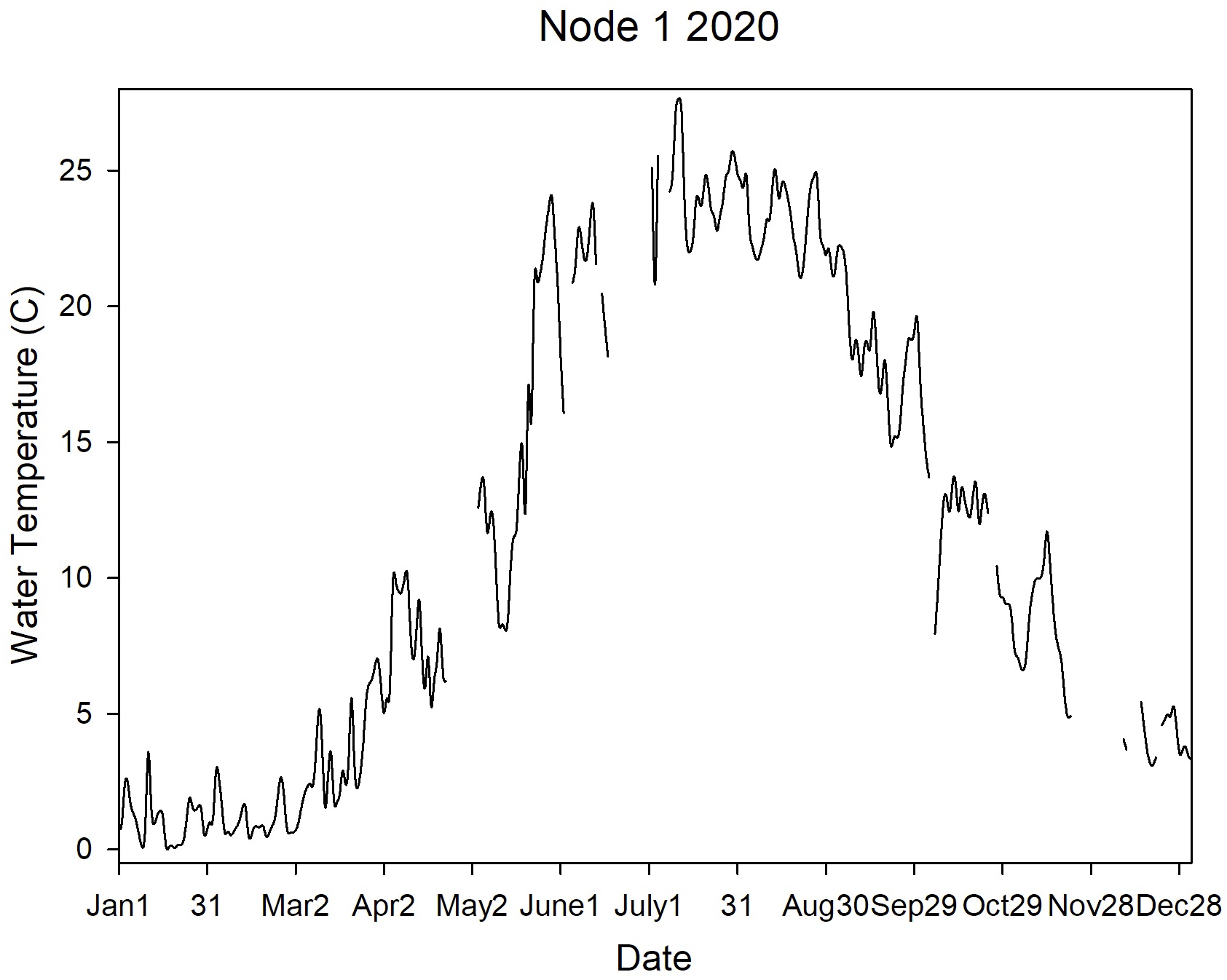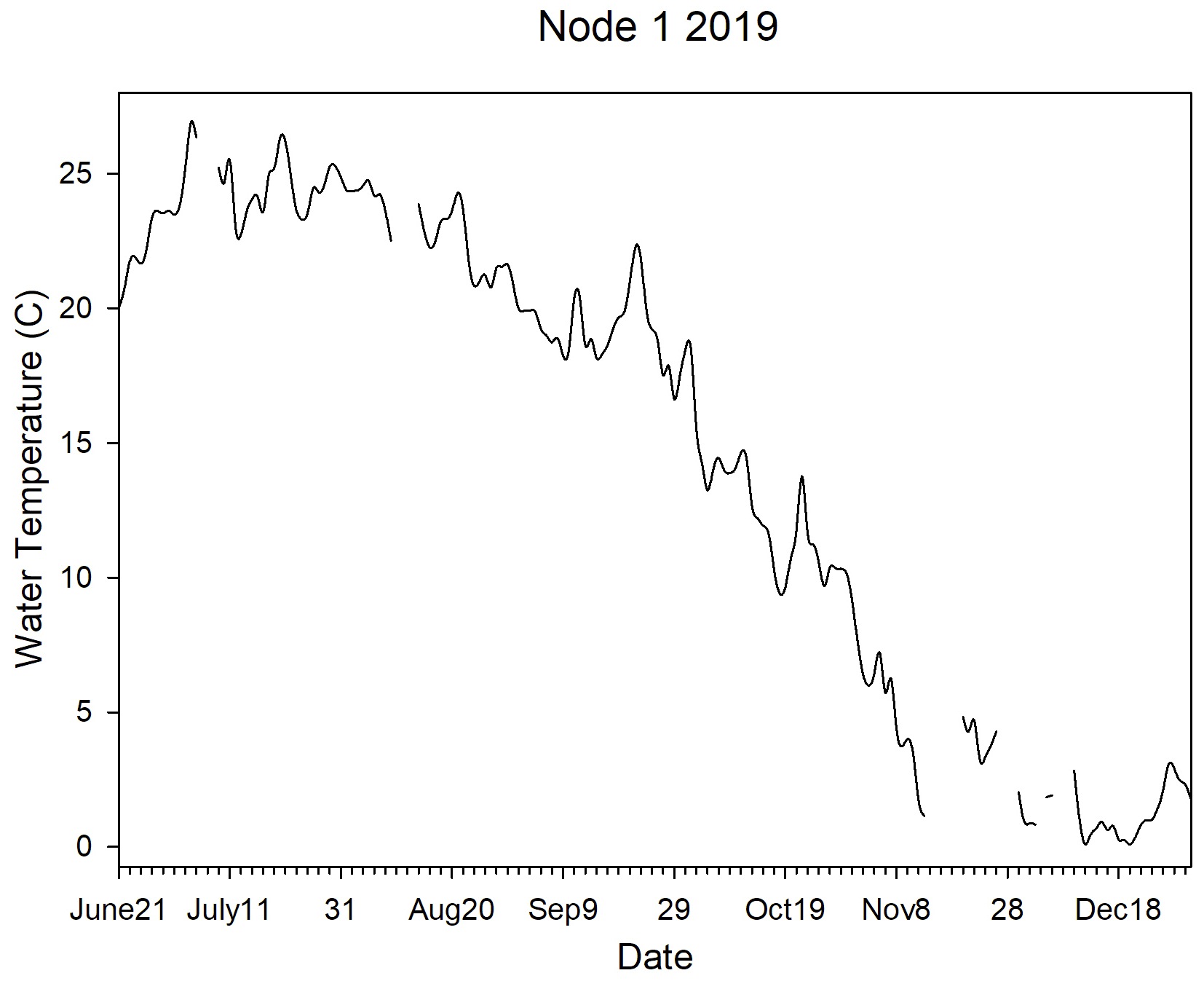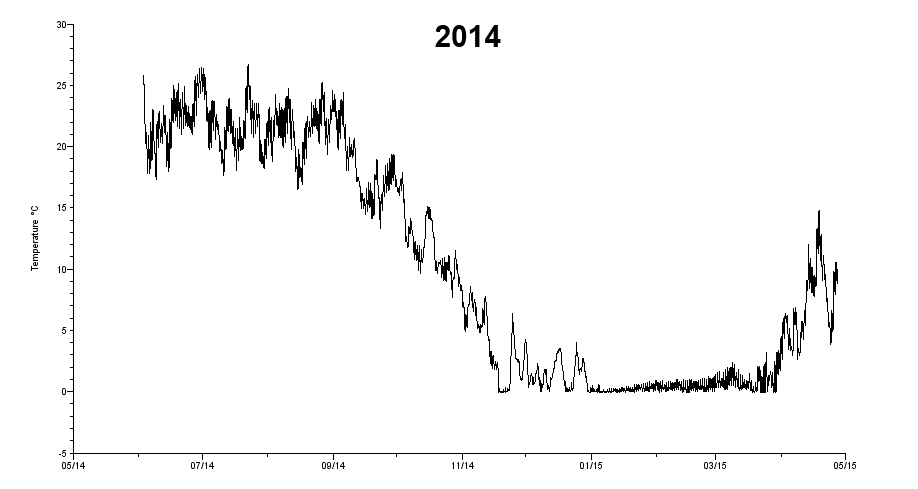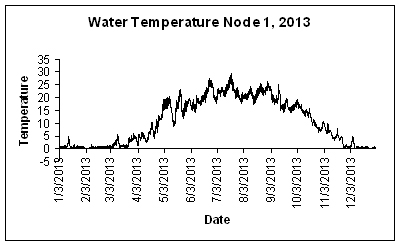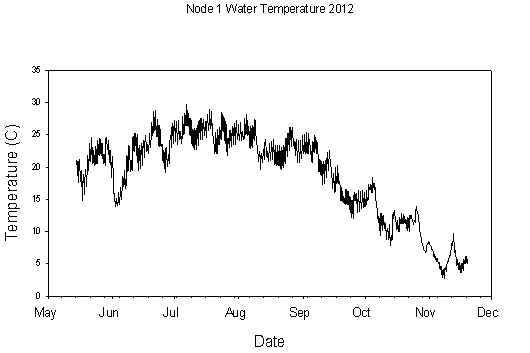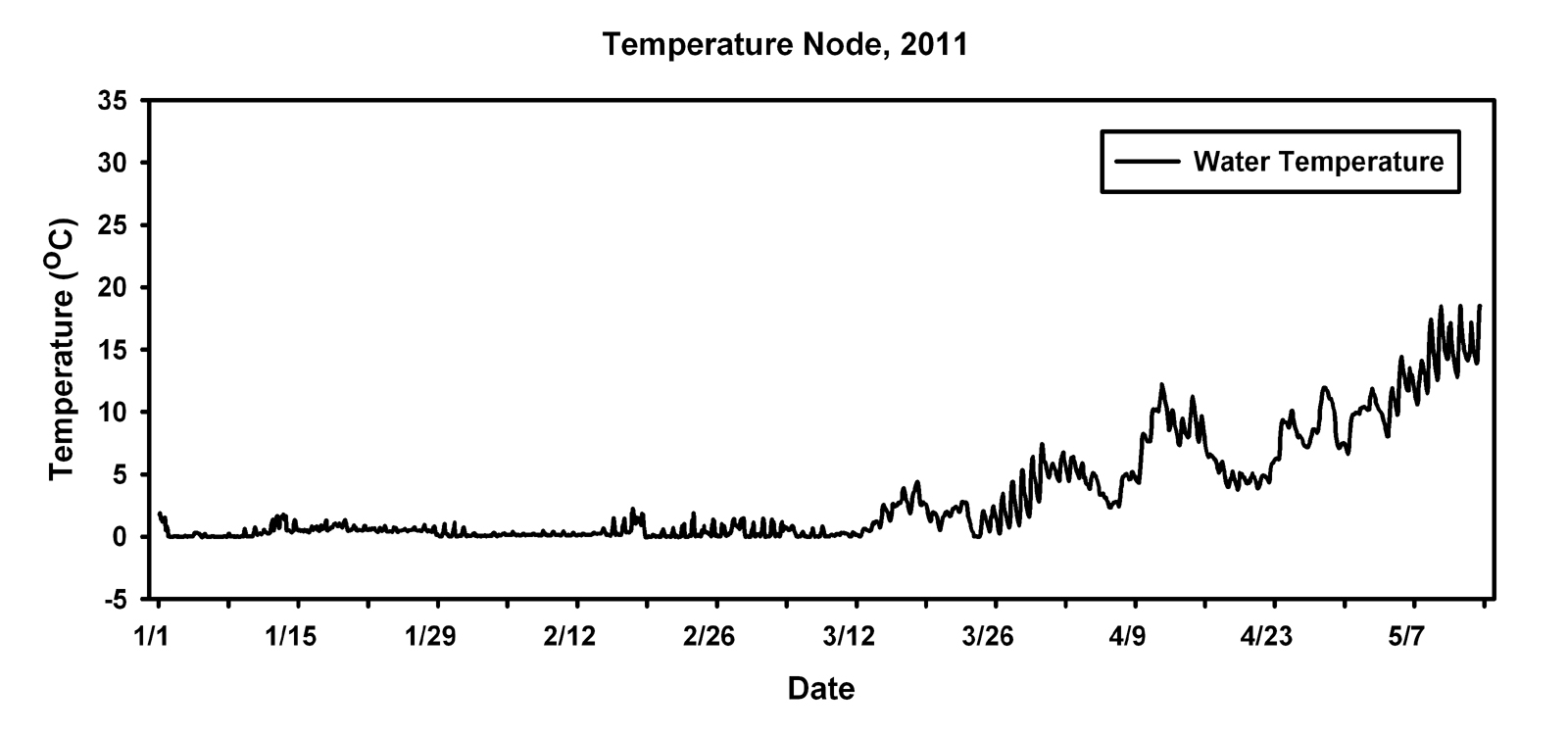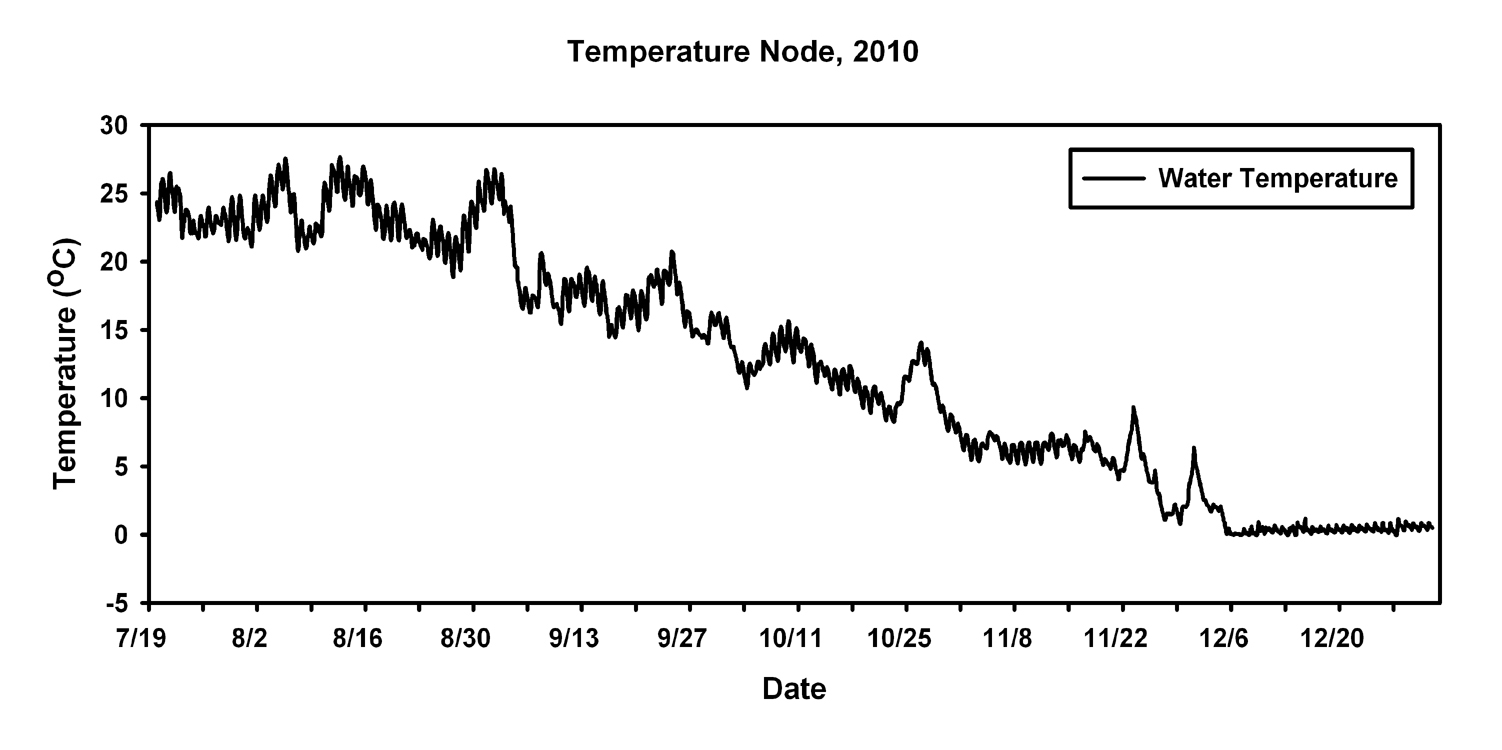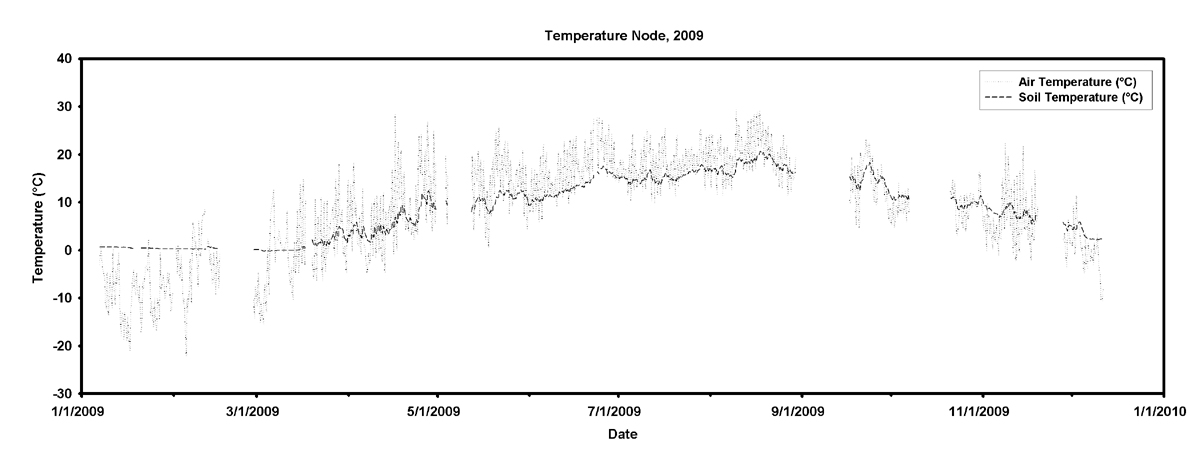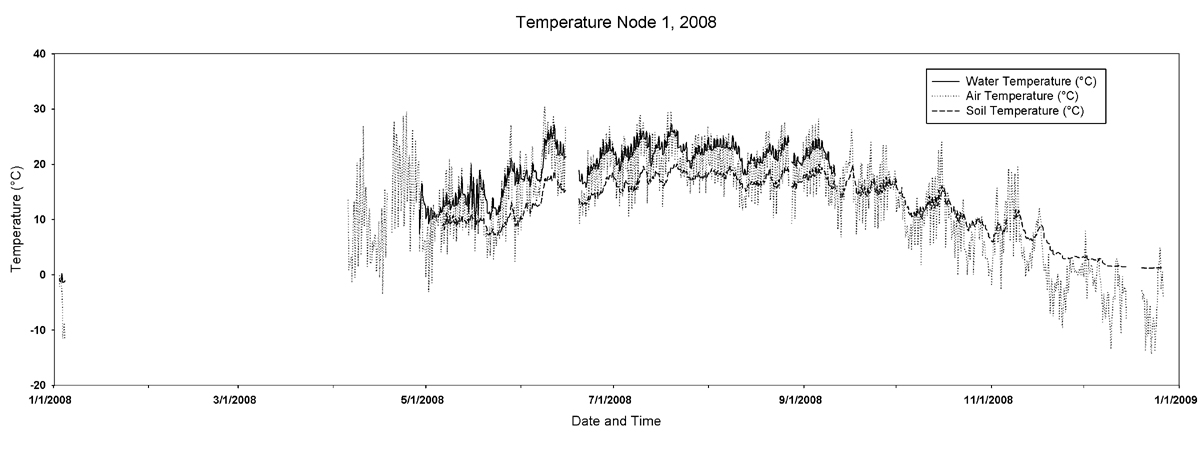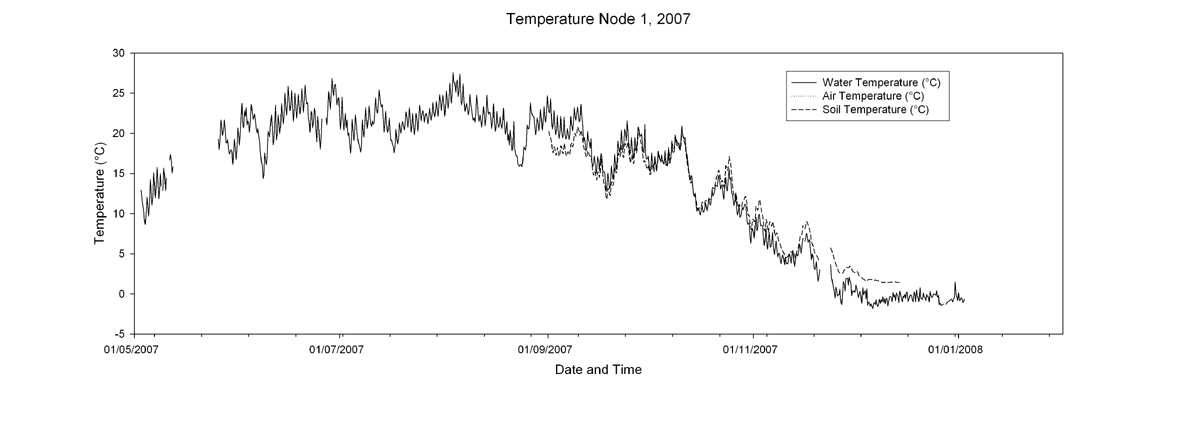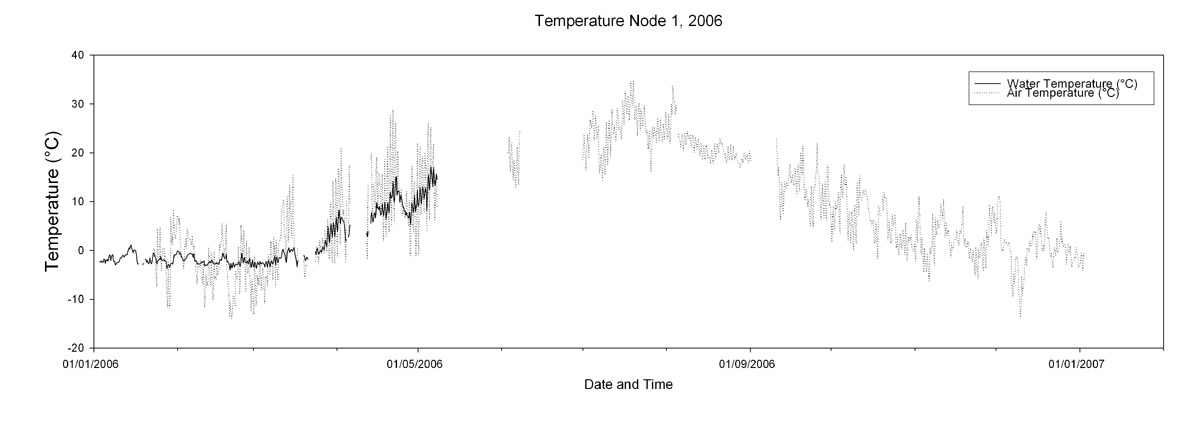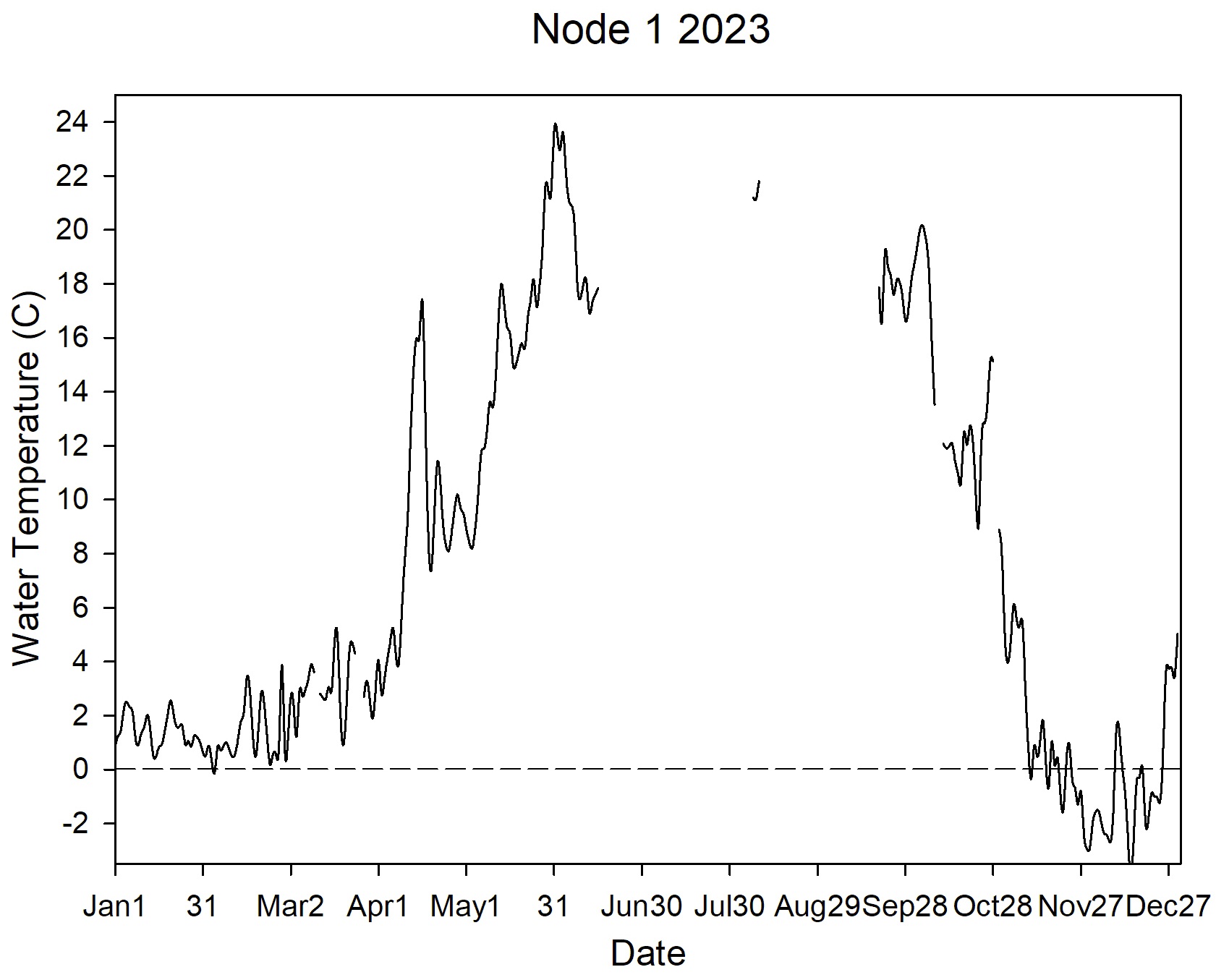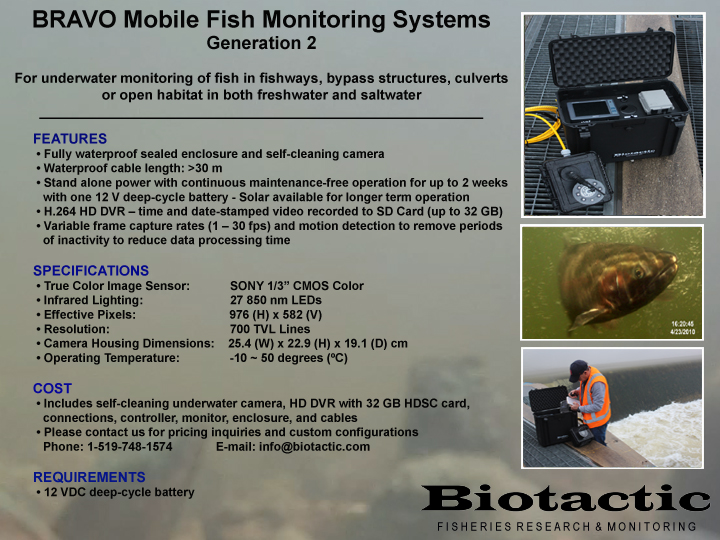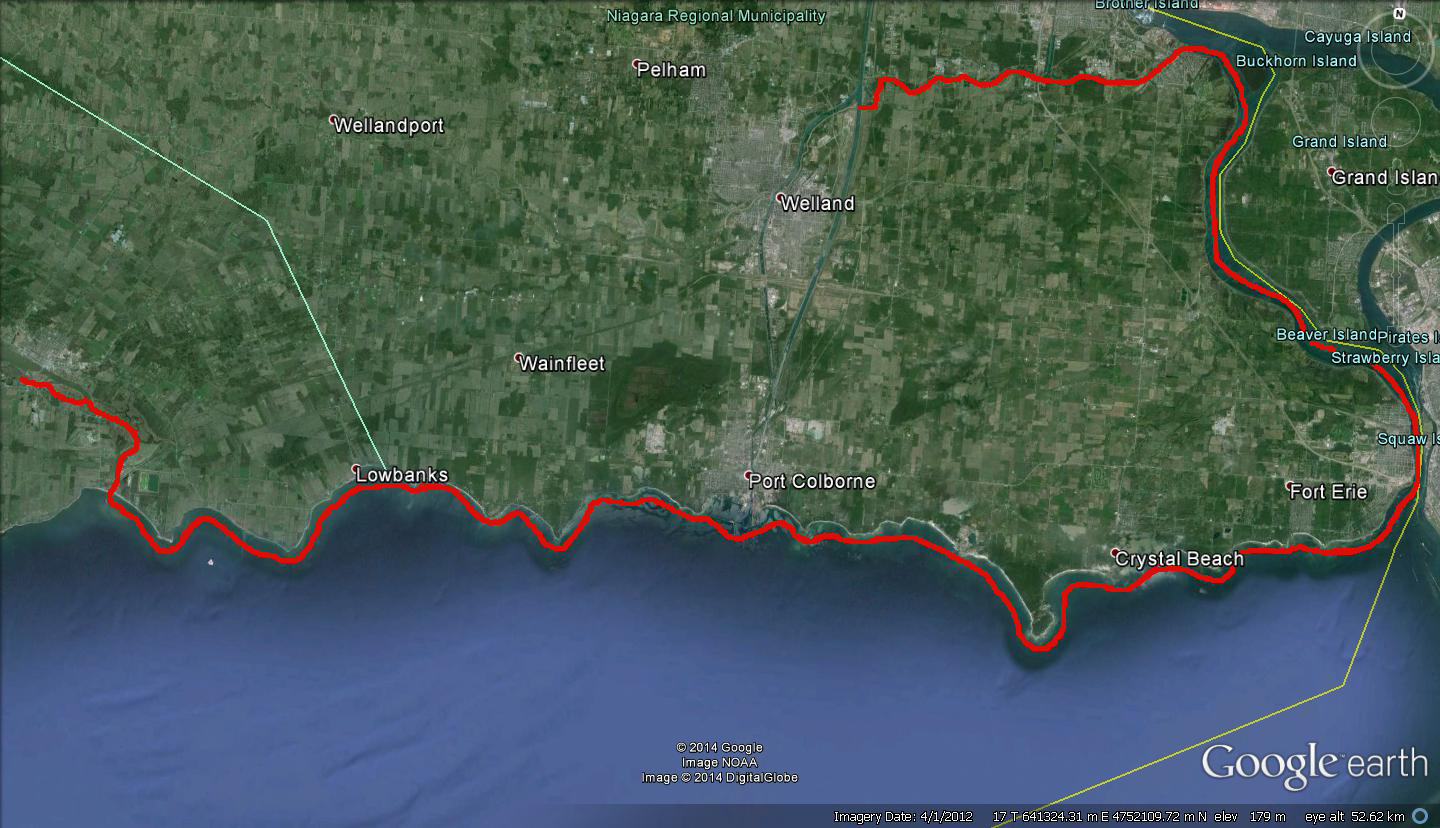Biotactic established twenty-two long term monitoring sites (66 sampling subsections) across the Saugeen River watershed within which annual biomass electrofishing surveys are performed to monitor the change in the fish community as a function of the removal of the Truax dam in Walkerton, Ontario, as part of a fisheries offset and compensation project.
Grand River Smallmouth Bass
Mobility of tournament-caught and released smallmouth bass Micropterus dolomieu was monitored in the Grand River, Ontario, between 1995 and 1999 using radiotelemetry and mark–recapture.
Welland River Siphon (Aquaduct): Impacts of Flow Reversal
In February 2001, Biotactic was contracted by the Niagara Peninsula Conservation Authority to investigate the impact of the Old Welland Canal (OWC) siphon complex on fish migration. The siphon complex
Greater Redhorse Ontogeny
Adult greater redhorse Moxostoma valenciennesi, were seined from the Grand River, Ontario, and artificially spawned in May 1997 and May 1998, Eggs hatched after 6-8 d at a mean temperature of 19 C. Eggs and larval development of 9-22 mm specimens are described. Ontogeny of larval greater redhorse was compared
Black Redhorse Ontogeny
Adult Black Redhorse (Moxostoma duquesnei), were seined from the Grand River, Ontario and artificially spawned in May 2007 and May 2008. Eggs hatched after 9-16 days at a mean temperature of 20° C, and after 11 – 25 days at a mean temperature of 17° C.
Habitat Creation and Monitoring
In 1999, Biotactic was retained by the City of Kitchener, to help develop spawning and nursery areas for warmwater fishes in ponds at the Stanley Park Optimists Natural Area.
Lake Mead Razorback Sucker Telemetry
In December 2004, December 2005, December 2008, February 2010, and January 2011 Biotactic assisted Bio-West (Utah) with the set-up of a combined
Dam Effects on Benthic Fishes
The biology, microhabitat use and migratory behaviour of greenside darters (Etheostoma blennioides) was studied at the Mannheim Weir
Black Redhorse Habitat Preferences
We have been working in conjunction with Fisheries and Oceans Canada to study egg development, early life history
Greater Redhorse Ecology
In 1997, we began studying greater redhorse (Moxostoma valenciennesi) spawning habitat, spawning behaviour, fecundity, egg and larval development, as well as post-spawn movements and habitat use. We continued this work into 2006 with a 6-year radiotracking and underwater videography study of redhorse in the Grand River.



